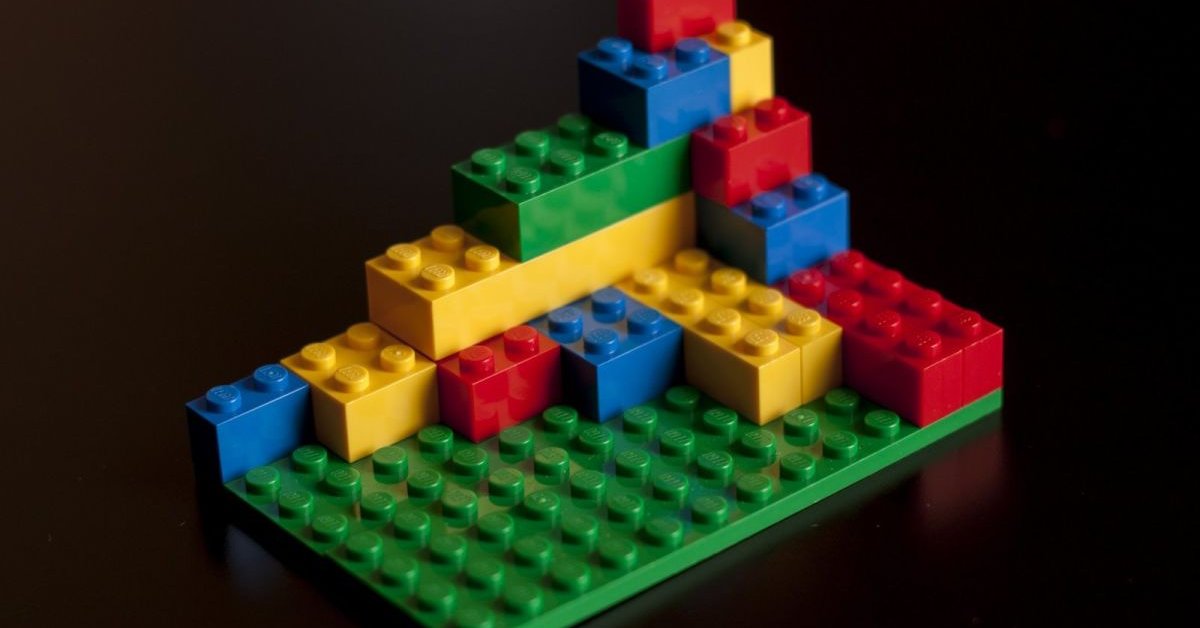LEGO Blocks Are Found To Be An Excellent Material To Build Quantum Computers
Aadhya Khatri - Jan 07, 2020

This result is promising because LEGO blocks are not only cheap and readily available everywhere, they are also easy to be replicated
- Stunning Math Motifs Found On The Pillars Of The Marundheeswarar Temple In Chennai
- India Commits To Quantum Computing Research With An Investment Of ₹8000 Crores
- This Chip From Intel Will Make Quantum Computers Commercially Available
The LEGO you see nowadays can do more than just being a toy, according to some scientists. They have long been a well-loved toy for several purposes but recently, experts said that they could play an important part in building quantum computers.
We have the tendency to focus a lot on a quantum computer’s computing power, not the hardware behind it. Quantum computers can do a great many things at a jaw-dropping speed but in order to do so, they need to be kept really cold, at around absolute 0. While that kind of coldness will be beneficial to the computer, not many materials can survive it.

While Vespel and Macor can withstand low temperatures, they are expensive and hard to get. Solving this problem is what scientists aim at when they study LEGO. They have found out that the simple and versatile blocks of the game can work even better than these above materials.
In the report on this finding, the scientists detailed their quest to find the first cryonaut (the name of LEGO astronaut), as well as a stack of four LEGO blocks in the extremely cold refrigerator of the lab. The fridge can reach a temperature as low as absolute 0 and the experts wanted to see how the LEGO blocks behave under such extreme conditions.
To control the temperature of the LEGO stack inside the fridge, the scientists place two Copper plates onto the stack, one on top and the other at the bottom. The result of this test was that the LEGO blocks were not only able to survive the coldness of the refrigerator, but they also showed a superior thermal conductance than that of Macor.
The experts thought that this ability partly stems from how the LEGO blocks lock to each other. According to Dmitry Zmeev, the lead author of the study, the clamping structure of the blocks makes them the ideal thermal insulator in extreme weather. This finding plays an important part in the construction of scientific equipment, such as the dilution refrigerator itself.
This result is promising because LEGO blocks are not only cheap and readily available everywhere, they are also easy to be replicated as there is a minimal variation of blocks of the same type. The experts said that in real life, they can use the same principle to create the same result with 3D-printing objects.
The author said that the outcome can be transferred to 3D printed components. It would be easy to create more complex geometries with durability, ease of manipulation, as well as low conductivity.
Featured Stories

Features - Jul 01, 2025
What Are The Fastest Passenger Vehicles Ever Created?

Features - Jun 25, 2025
Japan Hydrogen Breakthrough: Scientists Crack the Clean Energy Code with...

ICT News - Jun 25, 2025
AI Intimidation Tactics: CEOs Turn Flawed Technology Into Employee Fear Machine

Review - Jun 25, 2025
Windows 11 Problems: Is Microsoft's "Best" OS Actually Getting Worse?

Features - Jun 22, 2025
Telegram Founder Pavel Durov Plans to Split $14 Billion Fortune Among 106 Children

ICT News - Jun 22, 2025
Neuralink Telepathy Chip Enables Quadriplegic Rob Greiner to Control Games with...

Features - Jun 21, 2025
This Over $100 Bottle Has Nothing But Fresh Air Inside

Features - Jun 18, 2025
Best Mobile VPN Apps for Gaming 2025: Complete Guide

Features - Jun 18, 2025
A Math Formula Tells Us How Long Everything Will Live

Features - Jun 16, 2025
Comments
Sort by Newest | Popular